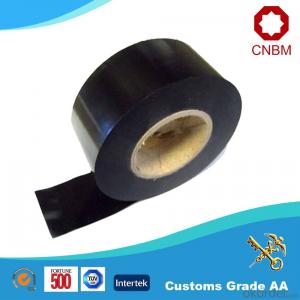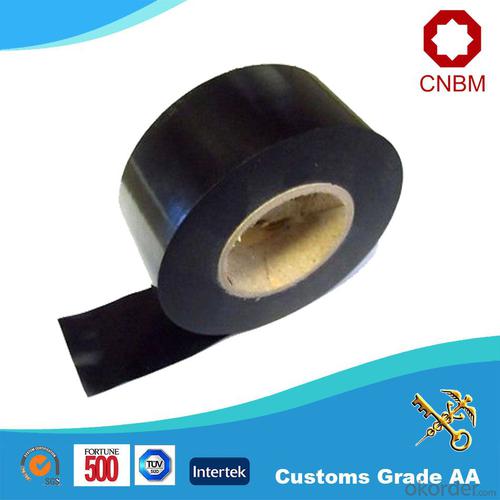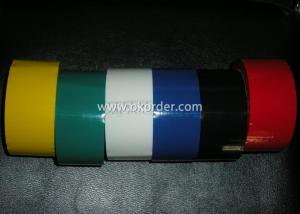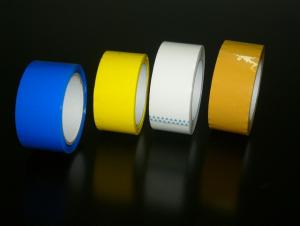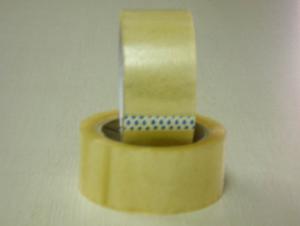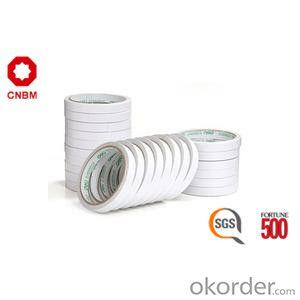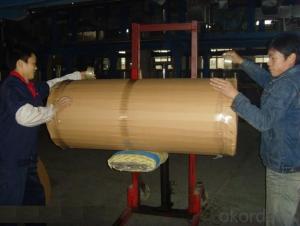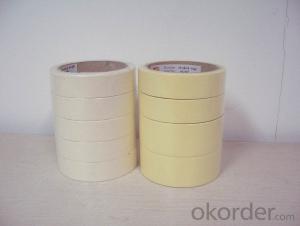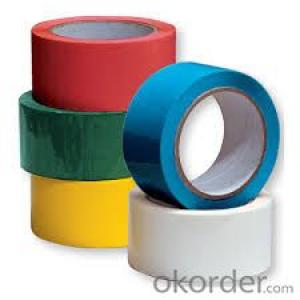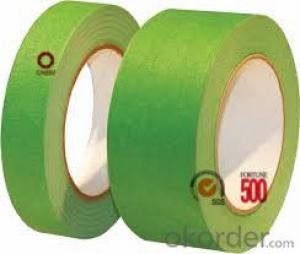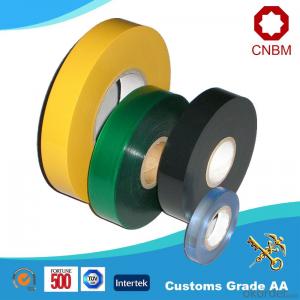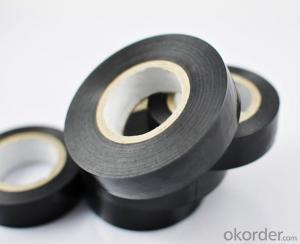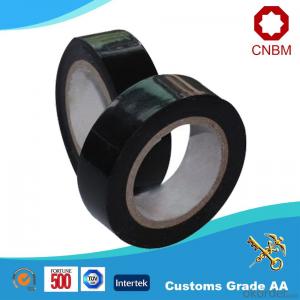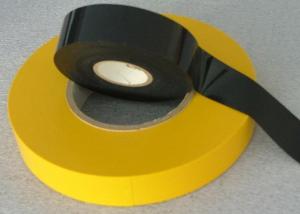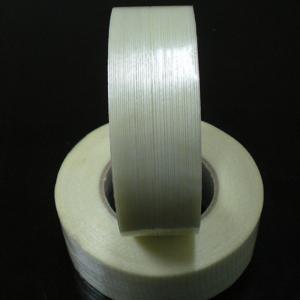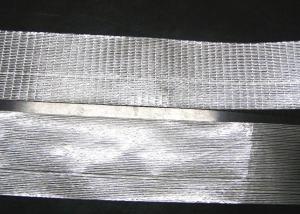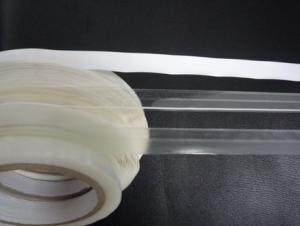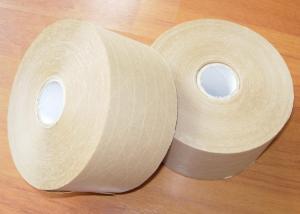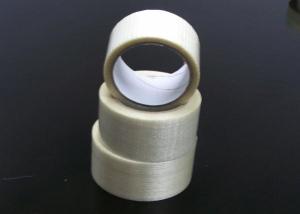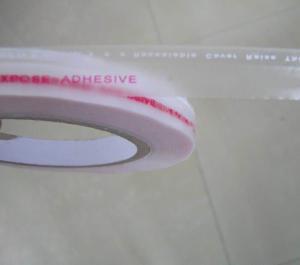Custom Printed Fabric PVC Adhesive Tape for Auto Wire Harness Use
- Loading Port:
- Shanghai
- Payment Terms:
- TT OR LC
- Min Order Qty:
- 100 roll
- Supply Capability:
- 10000 roll/month
OKorder Service Pledge
OKorder Financial Service
You Might Also Like
Adhesive Tape for Auto Wire Harness Use Fabric PVC
1. Structure of Wire Harness Tape Description
Wire Harness Tape is of PVC film as the carrier, coating with natural rubber. Wire Harness Tape: widely used as permanent wrapping on cables and wiring harnesses for automobile.
2. Main Features of the Wire Harness Tape
Burning-resistance
Non-corrosive adhesive
Self extinguishing
Water resistant and moisture resistant
Safety and environmental friendly
Resistant to cold temperature
3. Wire Harness Tape Images
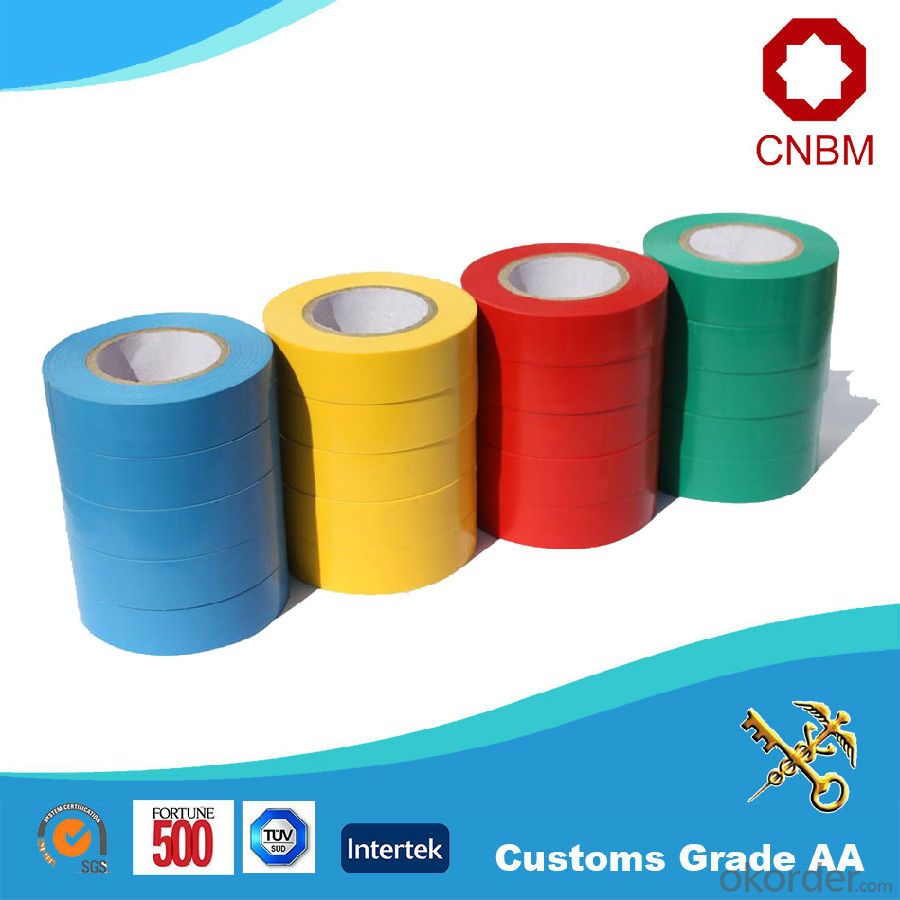
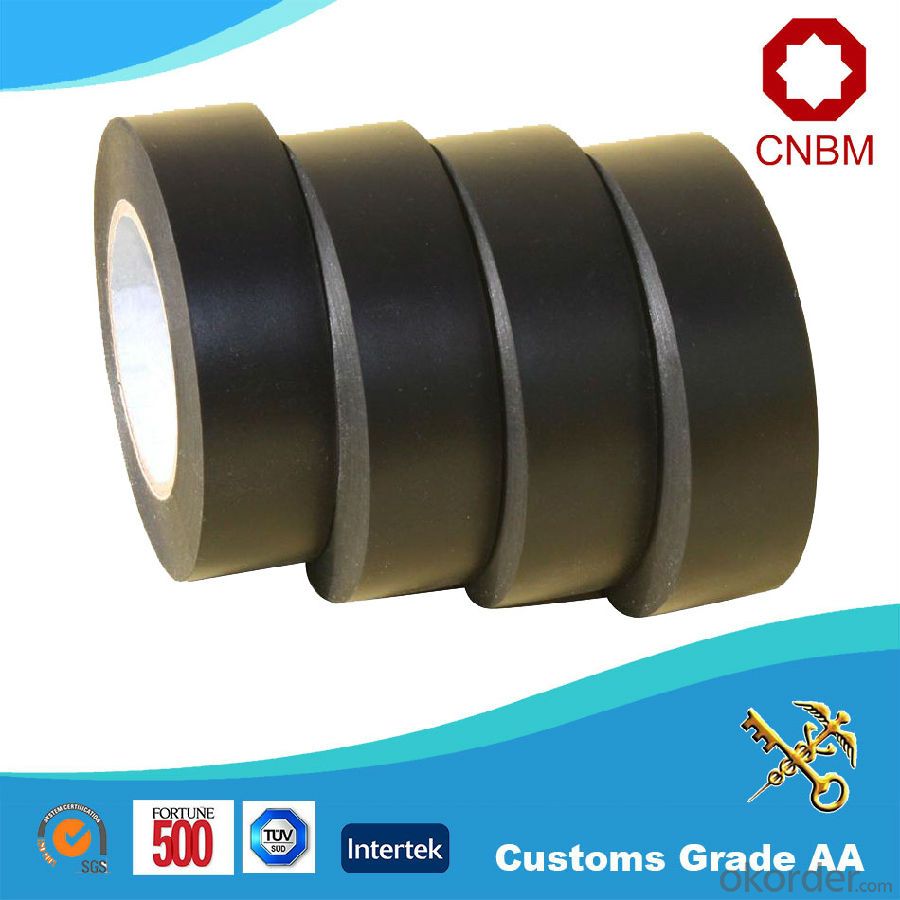
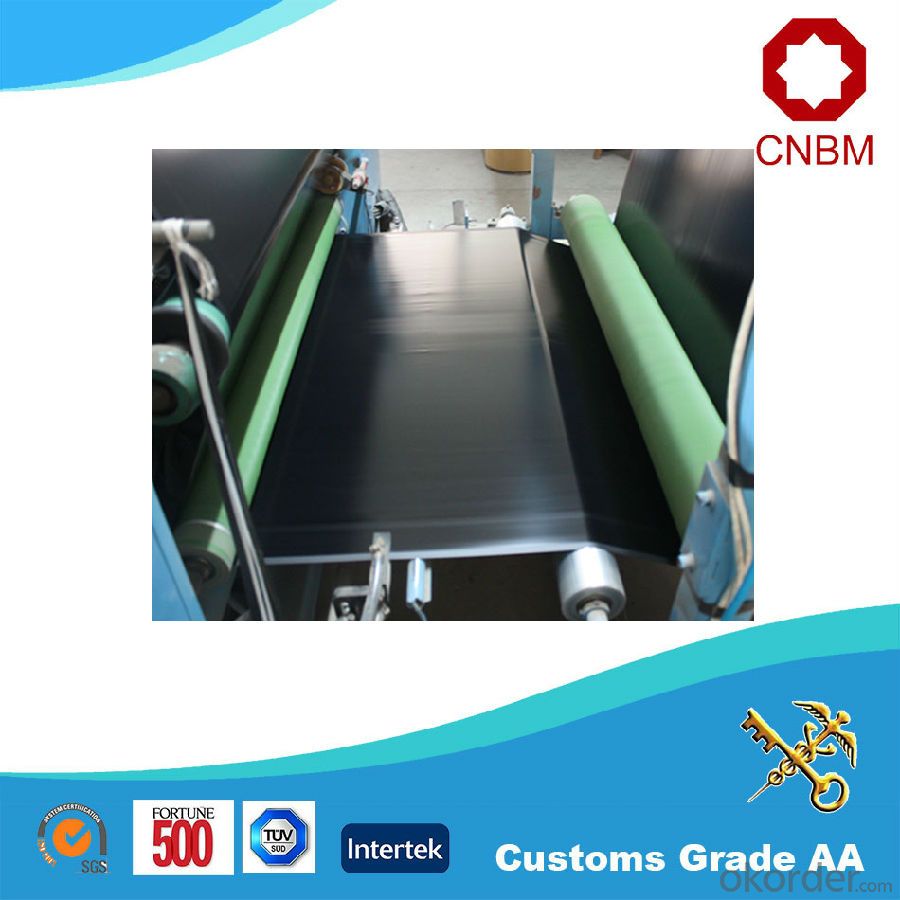
4. Wire Harness Tape Specification
Item No. | Thickness (micron) | Adhesion to steel (N/cm) | Tensile Strength (N/cm) | Elogation (%) | Teperature Resistance (DC) | Flame Resistance (S) |
PW-11 | 110 | 1.2 | 15 | 150 | 80 | <2< span=""> |
PW-12 | 120 | 1.2 | 16 | 150 | 80 | <2< span=""> |
PW-13 | 120 | 1.2 | 20 | 180 | 80 | <2< span=""> |
PW-15 | 120 | 1.2 | 25 | 200 | 80 | <2< span=""> |
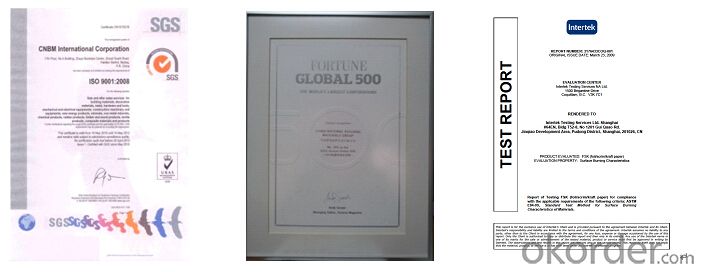

5. FAQ
Q1. How to guarantee the quality of the products?
We have established the international advanced quality management system,every link from raw material to final product we have strict quality test;We resolutely put an end to unqualified products flowing into the market. At the same time, we will provide necessary follow-up service assurance.
Q2. How long can we receive the product after purchase?
In the purchase of product within three working days, We will arrange the factory delivery as soon as possible. The pecific time of receiving is related to the state and position of customers.Commonly 7 to 10 working days can be served.
2. What can we do for you?
Professional consultation on your local market
Custom-made advices for your need
Free samples
Satisfactory sales service
24 hours service for you
Well-trained & experienced sales representative
- Q: How do I prevent packaging tape from curling up?
- To prevent packaging tape from curling up, there are a few things you can try: 1. Use a tape dispenser: Using a tape dispenser helps keep the tape straight and prevents it from curling. It also makes it easier to cut the tape to the desired length. 2. Apply tape evenly: When applying the tape, make sure to pull it tightly and apply it evenly across the surface. Avoid any wrinkles or bubbles as they can cause the tape to curl up. 3. Clean the surface: Ensure that the surface where you are applying the tape is clean and free from any dust, dirt, or moisture. These factors can interfere with the adhesive properties of the tape, causing it to curl. 4. Store tape properly: Proper storage of packaging tape is essential to prevent it from curling. Keep it in a cool, dry place away from direct sunlight. Extreme temperature changes can affect the tape's adhesive properties and lead to curling. 5. Choose good quality tape: Invest in high-quality packaging tape that is designed for long-term adhesion. Cheaper tapes often have lower quality adhesives that are prone to curling. 6. Use a heat source: If you are experiencing curling issues with the tape, you can try using a heat source like a hairdryer on a low setting. Gently heat the tape while applying it to help activate the adhesive and reduce curling. By following these tips, you should be able to prevent packaging tape from curling up and ensure a secure and professional-looking packaging.
- Q: How does packaging tape perform when exposed to sunlight?
- Packaging tape typically performs well when exposed to sunlight, especially if it is made from durable materials like acrylic or polypropylene. These tapes are designed to resist UV rays and maintain their adhesive properties even when exposed to sunlight for extended periods. However, it is always recommended to check the specifications of the specific tape you are using, as some may have limitations or may be prone to deterioration or discoloration when exposed to direct sunlight for prolonged periods.
- Q: What's the problem of sealing the tape off?
- When the tape is pulled off, there are too many problems. I will answer the phone one day, and the tape will be broken. I said you will try another volume, or I will ask you to take a good look at the circumference of the tape
- Q: How does packaging tape perform on non-porous surfaces?
- Packaging tape performs exceptionally well on non-porous surfaces. Its strong adhesive properties enable it to stick firmly to materials like plastic, glass, or metal, ensuring that the packaging remains securely sealed. The tape's ability to withstand different environmental conditions, such as temperature changes or moisture, further enhances its performance on non-porous surfaces.
- Q: Is packaging tape resistant to extreme temperatures or weather conditions?
- Packaging tape is typically constructed to endure extreme temperatures and diverse weather conditions, although the degree of resistance may fluctuate depending on the tape's specific type and quality. Most packaging tapes are composed of robust materials like polypropylene or PVC, renowned for their durability and ability to withstand environmental elements. These tapes are often treated with specialized adhesives that retain their stickiness even in harsh temperatures or humid surroundings. Concerning extreme temperatures, packaging tapes are generally engineered to withstand a broad spectrum, including both frigid and scorching extremes. They can typically endure temperatures as low as -20 degrees Celsius or as high as 60 degrees Celsius without compromising their adhesive properties or becoming brittle. Similarly, packaging tapes are designed to exhibit resistance against diverse weather conditions. They are formulated to repel moisture, humidity, and UV radiation, which are prevalent factors that can deteriorate tape quality. This resistance ensures that the tape remains intact and efficient, even when exposed to rain, snow, or direct sunlight. It is crucial to note that although packaging tape is generally resistant to extreme temperatures and weather conditions, prolonged exposure to such circumstances can still impact its durability. Therefore, it is advisable to store and utilize packaging tape in a controlled environment whenever feasible to guarantee maximum effectiveness.
- Q: Is packaging tape resistant to extreme temperatures or weather conditions?
- Packaging tape is typically constructed to endure extreme temperatures and diverse weather conditions, although the degree of resistance may fluctuate depending on the tape's specific type and quality. Most packaging tapes are composed of robust materials like polypropylene or PVC, renowned for their durability and ability to withstand environmental elements. These tapes are often treated with specialized adhesives that retain their stickiness even in harsh temperatures or humid surroundings. Concerning extreme temperatures, packaging tapes are generally engineered to withstand a broad spectrum, including both frigid and scorching extremes. They can typically endure temperatures as low as -20 degrees Celsius or as high as 60 degrees Celsius without compromising their adhesive properties or becoming brittle. Similarly, packaging tapes are designed to exhibit resistance against diverse weather conditions. They are formulated to repel moisture, humidity, and UV radiation, which are prevalent factors that can deteriorate tape quality. This resistance ensures that the tape remains intact and efficient, even when exposed to rain, snow, or direct sunlight. It is crucial to note that although packaging tape is generally resistant to extreme temperatures and weather conditions, prolonged exposure to such circumstances can still impact its durability. Therefore, it is advisable to store and utilize packaging tape in a controlled environment whenever feasible to guarantee maximum effectiveness.
- Q: How does packaging tape perform in high-temperature conditions?
- Packaging tape typically functions well in high-temperature settings, but its effectiveness can differ depending on the specific type and quality of the tape. Most packaging tapes are engineered to endure a range of temperatures and are generally resistant to heat up to a certain degree. However, it is important to note that extreme temperatures, particularly those surpassing the tape's specified heat resistance limit, can impact its adhesive properties and overall performance. When exposed to high temperatures, the adhesive on packaging tape may soften or weaken, leading to reduced bonding strength and potential tape failure. This can result in packages opening or becoming less secure during transportation or storage. Additionally, heat can cause the tape to lose flexibility, making it more susceptible to cracking or breaking. Thus, it is vital to choose packaging tape specifically designed for high-temperature environments if there is anticipated exposure to extreme heat. Certain types of packaging tape, such as fiberglass-reinforced or high-temperature resistant tapes, are better suited for enduring high temperatures. These tapes are often manufactured with special adhesives and materials that provide enhanced heat resistance and improved performance in extreme conditions. They are designed to maintain their adhesive strength, bonding capability, and structural integrity even when confronted with elevated temperatures. In conclusion, although packaging tape can generally endure high-temperature conditions, its performance may be compromised when subjected to extreme heat. Utilizing tapes specifically designed for high-temperature environments can help ensure optimal performance and securely seal packages even in challenging conditions.
- Q: What are the benefits of using silent packaging tape?
- Using silent packaging tape offers several advantages. Firstly, it guarantees a noiseless packaging experience, which is especially valuable in settings that require silence, such as offices, libraries, or other tranquil spaces. By eliminating the loud noises typically associated with regular packaging tape, silent tape helps maintain a serene and peaceful atmosphere. Secondly, employees who regularly handle packaging tasks prefer silent packaging tape. The absence of noise during the taping process reduces the risk of stress or fatigue caused by noise, contributing to a more comfortable work environment. This, in turn, can lead to increased productivity and employee satisfaction. Furthermore, silent tape is an excellent choice for businesses that prioritize customer satisfaction. When packaging items for shipment, particularly delicate or fragile ones, using silent tape ensures a professional and refined appearance. The lack of loud noise during the packaging process also prevents any potential disturbance or annoyance to customers, both during the packaging phase and upon receiving their packages. In addition, silent packaging tape is often crafted with high-quality adhesive properties, providing a secure and long-lasting seal that keeps packages intact during transit. This reduces the chances of damaged goods and the associated costs of having to resend or replace items. Lastly, silent tape is frequently made from eco-friendly materials, making it advantageous for businesses aiming to minimize their environmental impact. By opting for silent packaging tape made from recyclable or biodegradable materials, companies can align their packaging practices with their sustainability goals. In conclusion, the benefits of using silent packaging tape include noise reduction, improved employee satisfaction and productivity, enhanced customer experience, secure sealing, and eco-friendliness. By choosing silent tape, businesses can create a more efficient, pleasant, and environmentally conscious packaging process.
- Q: Is packaging tape safe for use on painted surfaces or walls?
- Packaging tape is generally not recommended for use on painted surfaces or walls, as it can potentially damage the paint when removed. It is advisable to use painter's tape or other specialized tapes specifically designed for use on painted surfaces to avoid any harm or residue.
- Q: Is packaging tape safe to use on plastic cutting mats?
- Before using packaging tape on plastic cutting mats, it is important to take a few factors into consideration. Firstly, make sure that the cutting mat is made of a durable and food-safe material. Some lower quality mats may get scratched or torn when tape is applied, so it is advisable to check the manufacturer's recommendations. Secondly, think about why you want to use packaging tape on the cutting mat. If it is for temporary storage or transportation, packaging tape can provide a secure seal. However, if the tape will come into direct contact with food or be used during food preparation, it is best to avoid using packaging tape. The adhesive residue from the tape could transfer onto the food or contaminate the cutting surface, which could be a health risk. In such cases, it is better to use food-grade or specialized tape that is specifically designed for cutting mats or food preparation surfaces. In conclusion, although packaging tape can be safe to use on plastic cutting mats, it is crucial to consider the quality of the mat, the purpose of using the tape, and potential food safety concerns. Always prioritize the safety and hygiene of your food preparation surfaces by choosing the appropriate tape.
Send your message to us
Custom Printed Fabric PVC Adhesive Tape for Auto Wire Harness Use
- Loading Port:
- Shanghai
- Payment Terms:
- TT OR LC
- Min Order Qty:
- 100 roll
- Supply Capability:
- 10000 roll/month
OKorder Service Pledge
OKorder Financial Service
Similar products
Hot products
Hot Searches
Related keywords
